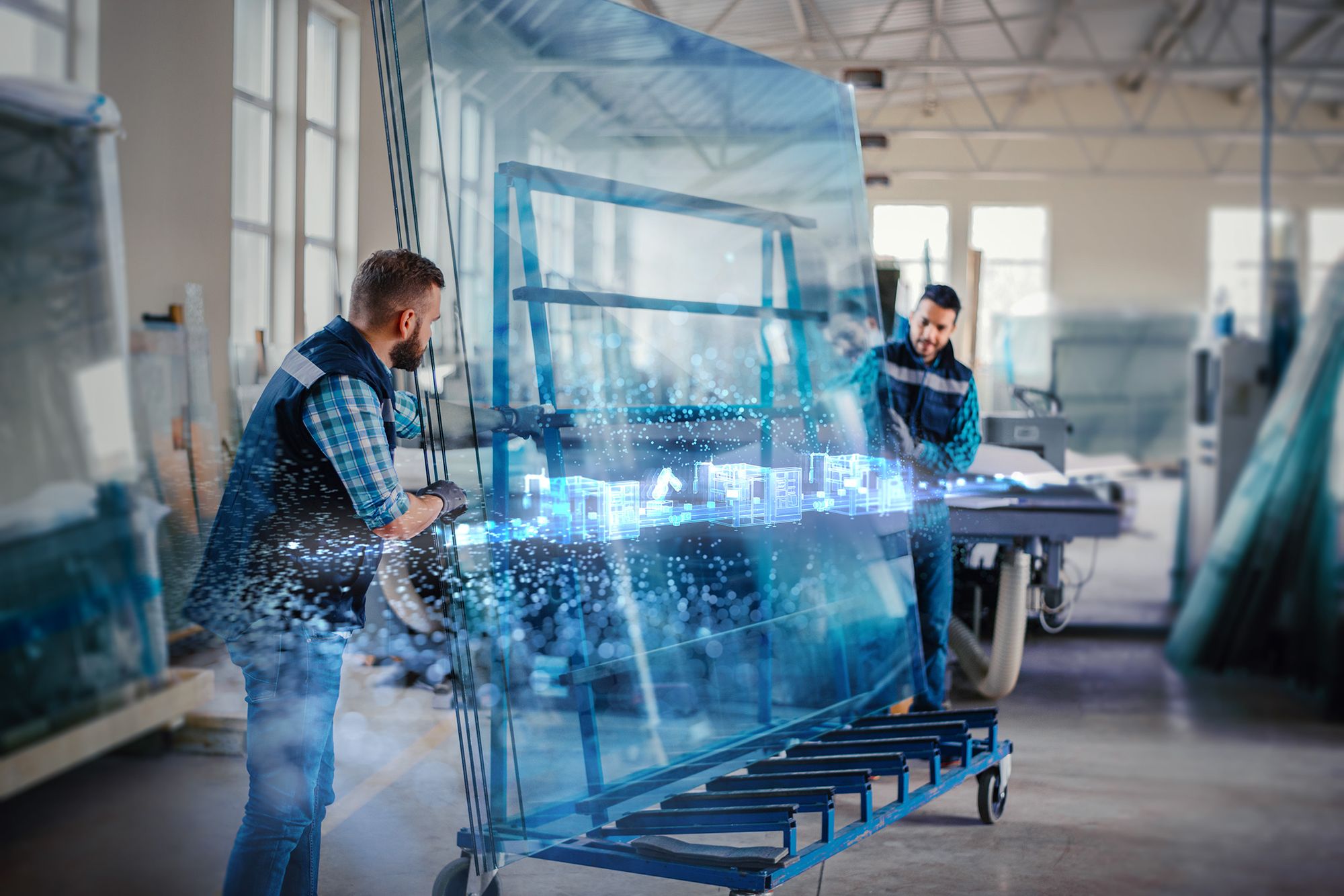Digital Glass Benefits For the Glass
Industry
Aside from being more efficient, digital glass offers several other benefits for glass
industry. It has the capacity to provide high-quality images without sacrificing safety
and durability กระจก ทึบ แสง. Moreover, these materials can withstand a wide range of weather
conditions, and their high resilience makes them a viable option for use in outdoor
environments. The following are just a few advantages of digital glass. We hope
these benefits will help you decide whether it is the right solution for your business.

Ceramic-based inks
With their ability to print on glass, ceramic-based inks have revolutionized digital
imaging. These inks are durable and provide high precision กระจกประหยัดพลังงาน. The use of ceramic inks
allows manufacturers to create truly unique glass panels with high-definition print
resolution. The resulting glass panels are highly customizable and are highly
durable. Tecglass is one of the leading suppliers of digital glass printing in Spain.
They have created a new series of inks called the JETVER HA, which are specifically
designed for the in-home appliance sector.
The most popular ceramic ink is a water-based solution containing at least 80%
water and a small amount of organic matter. The inks are formulated to be
environmentally-friendly and emit minimal volatile chemicals when fired in a
ceramic oven. In addition, water-based inks are almost odorless due to the small
percentage of organic matter in their composition. The use of ceramic-based inks in
digital glass printing can help reduce the risk of chemical exposure to glass.
Colored interlayers
Colored interlayers in digital glass are a method of constructing customized,
tempered glass. These interlayers are made of two lites of glass laminated with a
flexible plastic interlayer. These layers can be annealed, heat-strengthened, or fully
tempered. The final make-up of the glass is created by layering the color interlayer
with the proper amount of the other two lites.
Vanceva color 0046 is made up of two interlayers of yellow and blue. These
interlayers are 0.38-mm thick. Colored interlayers can be added to achieve shades
of those colors. Adding a grey interlayer would produce the code 4679. The
thickness of the interlayer should be defined in the specification to prevent
confusion. The thickness of the interlayers should be specified so that the customer
can see the final result.

Durability
The durability of digital glass prints depends on the print quality and the type of ink
used. While screen printing produces excellent print quality, it has limitations such
as high set-up costs and time. Another downside is the limited number of colors it
can print, which limits its creativity. Its UV stability is about five years indoors and
10 years outdoors. The benefits of digital glass printing are numerous. Whether you
are looking for a durable product or a decorative touch for your next project, digital
glass printing offers the benefits of both processes.
Digital glass printing is an excellent option for both internal and external buildings.
This type of printing allows you to engage with a different culture or artistic
expression, breaking the boundaries of sustainability for building designers. The
durability of digital glass printing is excellent, and the material is easy to clean and
disinfect. Moreover, the durable prints can last for many years and are ideal for
residential applications. The design of digital glass printing is as varied as the design
itself.
Safety
The glass industry is undergoing a process of digitalization in two directions.
According to Bernhard Saftig, head of Siemens Glass Business Process Automation in
Karlsruhe, the process involves integrating real and virtual worlds in the operational
phase. It connects the field, automation and management levels and integrates
them to the cloud for analytics. The use of digital data helps manufacturers simulate
the commissioning process and optimize production. As a result, the process of
digitalization helps companies reduce costs and improve safety.
One of the benefits of digital glass is its ability to replicate natural materials. This
allows the manufacturer to minimize the risk of human error. The product also
eliminates the need for traveling to get help. The technology also makes it easier to
service equipment. Whether it’s a windshield, a window, or an entire office wall,
digital glass has many benefits. Here are a few of them. While you’re working or
playing, you can enjoy the benefits of digital glass for your safety.
